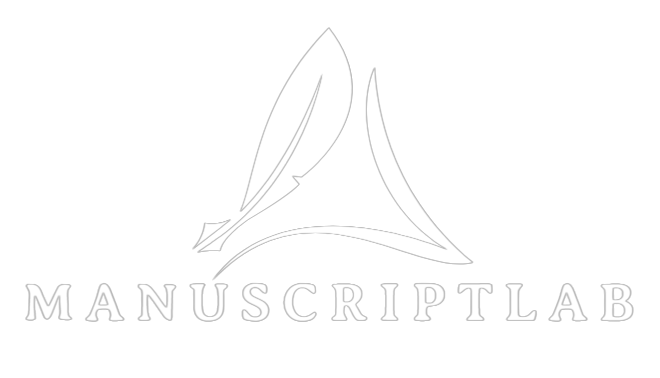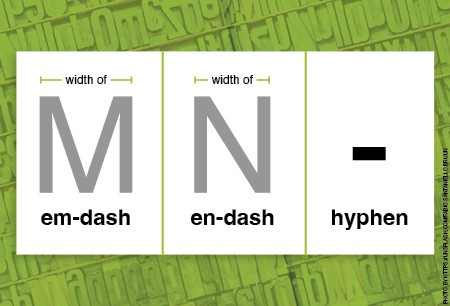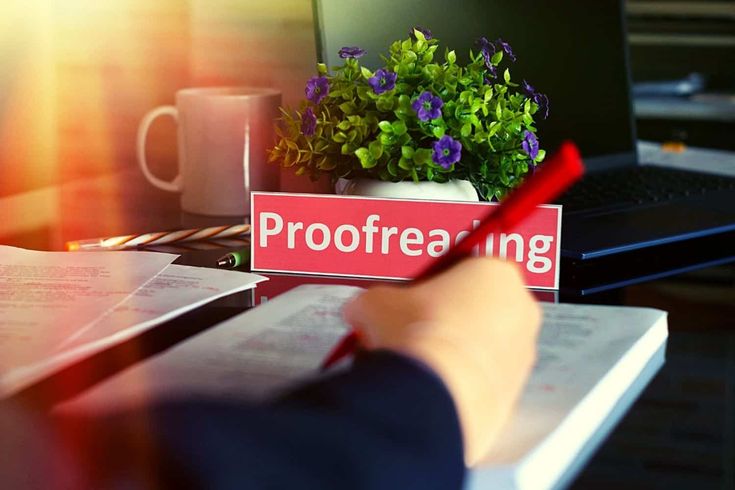Proofreading is an essential final step in the writing process, ensuring that your content is polished, error-free, and ready for publication. Whether you are crafting a business report, an academic paper, a blog post, or a novel, proofreading helps eliminate mistakes that could undermine your credibility. In this article you will get to know what proofreading entails, why it is crucial, and how you can do it effectively.
Understanding the Basics of Proofreading
Proofreading is the process of carefully reviewing a text to find and correct typographical errors, grammar mistakes, punctuation issues, and formatting inconsistencies. Unlike editing, which may involve rephrasing sentences or restructuring content, proofreading is a surface-level check aimed at ensuring the final version is flawless.
Why Proofreading Is Important
Proofreading is the last line of defense before your content is published or submitted. It is your chance to catch errors that can detract from the message, professionalism, and overall quality of your writing. Even the most skilled writers can overlook mistakes, which is why proofreading is essential. A well-proofread document enhances readability, ensures clarity, and strengthens your credibility.
How to Proofread Effectively?
Step 1: Take a Break Before Proofreading
After finishing your writing, it is advisable to take a break before proofreading. This break allows you to return to the text with fresh eyes, making it easier to spot errors. The longer the break, the better—if time permits, wait at least a few hours or even a day.
Step 2: Print It Out
Proofreading on a screen can cause you to miss errors due to the screen’s brightness, scrolling, or distractions. Printing out your document can make it easier to spot mistakes and gives you a different perspective on your work.
Step 3: Read Aloud
Reading your text aloud forces you to slow down and pay closer attention to each word. It also helps you catch awkward phrasing, run-on sentences, and other issues that might not be as obvious when reading silently.
Step 4: Focus on One Type of Error at a Time
Instead of trying to catch all errors in one go, focus on one type of mistake at a time. For example, you might start by looking for spelling errors, then move on to punctuation, and finally check for formatting consistency. This methodical approach reduces the chances of overlooking mistakes.
Step 5: Use Tools Wisely
There are several online tools available that can assist with proofreading, such as Grammarly, Hemingway Editor, and ProWritingAid. While these tools are helpful, they should complement—not replace—manual proofreading. Automated tools may miss context-specific errors or nuances in language.
Step 6: Get a Second Pair of Eyes
If possible, have someone else proofread your work. A fresh set of eyes can catch errors that you might have missed. This is especially important for longer documents or content intended for a large audience.
Step 7: Know Common Errors to Watch For
Being aware of common proofreading mistakes can make your task easier. Some frequent issues include:
Homophones:
Words that sound alike but have different meanings (e.g., “there” vs. “their”).
Apostrophe Misuse:
Confusing possessives with contractions (e.g., “it’s” vs. “its”).
Subject-Verb Agreement:
Ensuring the subject and verb in a sentence match in number.
Consistency:
Maintaining consistent tense, formatting, and style throughout the document.
Step 8: Proofread Backwards
This technique involves reading your text from the end to the beginning. It forces you to focus on each word individually, which can help you spot spelling and punctuation errors that you might otherwise miss.
Proofreading for Different Types of Content
Different types of content may require different proofreading techniques. For example:
Academic Papers:
Pay special attention to citations, references, and adherence to style guides (e.g., APA, MLA).
Business Documents:
Ensure professional tone, clear structure, and accurate data presentation.
Creative Writing:
Focus on maintaining narrative flow, character consistency, and correct use of dialogue.

Proofreading with Style Guides
Adhering to a specific style guide (e.g., Chicago Manual of Style, AP Style) is crucial for certain types of writing. Make sure to familiarize yourself with the style guide relevant to your work and apply its rules consistently throughout your document.
Proofreading for Digital Content
When proofreading digital content, such as blog posts or social media updates, consider additional factors like SEO, readability, and user experience. Ensure that links are functional, images have alt text, and content is optimized for search engines.
The Role of Proofreading in SEO
Proofreading plays a significant role in SEO (Search Engine Optimization). Search engines favor content that is clear, well-organized, and free from errors. Poor grammar or spelling mistakes can negatively impact your site’s credibility, leading to a lower ranking. Moreover, well-proofread content is more likely to engage readers, reducing bounce rates and increasing dwell time—both of which are positive signals for SEO.
Tools and Resources for Proofreading
Grammarly
Grammarly is a widely-used tool that offers real-time grammar, spelling, and style suggestions. It also provides insights on readability and can be customized to adhere to different style guides.
Hemingway Editor
The Hemingway Editor highlights complex sentences, passive voice, and other readability issues. It’s particularly useful for ensuring that your writing is clear and concise.
Pro-Writing-Aid
Pro-Writing Aid is a comprehensive tool that offers grammar and style checking, as well as in-depth reports on writing quality. It’s a valuable resource for anyone looking to improve their writing systematically.
Merriam-Webster Dictionary
Having a reliable dictionary on hand is essential for any proofreader. The Merriam-Webster Dictionary is a trusted resource for checking spelling, definitions, and word usage.
Style Guides
Depending on your writing, you may need to adhere to specific style guides. Common ones include the APA Style, MLA Style, and Chicago Manual of Style. These guides provide detailed rules on grammar, punctuation, citation, and more.
Common Proofreading Mistakes to Avoid
Relying Too Much on Spellcheck
While spellcheck tools are helpful, they are not infallible. They may not catch homophones, context-specific errors, or subtle grammatical issues. Always complement spellcheck with manual proofreading.
Proofreading in a Hurry
Proofreading requires time and attention to detail. Rushing through the process increases the likelihood of overlooking errors. Make sure to allocate enough time to proofread thoroughly.
Skipping the Formatting Check
Proofreading is not just about catching typos—it’s also about ensuring consistent formatting. This includes checking font sizes, heading styles, bullet points, and alignment.
Ignoring Feedback
If someone else has proofread your work and provided feedback, take it seriously. Ignoring feedback can result in missed opportunities to improve your content.
Not Proofreading After Revisions
After making revisions, it’s essential to proofread again. New errors can be introduced during the editing process, so a final check is crucial.
Building a Proofreading Routine
Establish a Checklist
Creating a proofreading checklist can help ensure that you don’t miss any steps. Your checklist might include items like checking for spelling errors, ensuring consistent formatting, verifying data accuracy, and more.
Set Aside Dedicated Time
Proofreading should not be an afterthought. Set aside dedicated time for this task, especially for important documents. Treat it as an integral part of your writing process.
Continuously Improve Your Proofreading Skills
Proofreading is a skill that improves with practice. Stay informed about common grammar rules, expand your vocabulary, and continue honing your attention to detail.
Perfecting Your Writing Through Proofreading
Proofreading is a critical step in the writing process that ensures your content is polished, professional, and ready for its intended audience. By following the steps and techniques outlined in this guide, you can improve your proofreading skills and produce high-quality, error-free content. Remember, the goal of proofreading is not just to eliminate mistakes but to enhance the clarity and impact of your writing.












